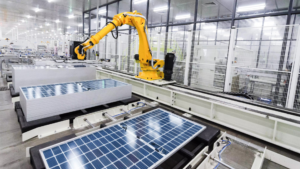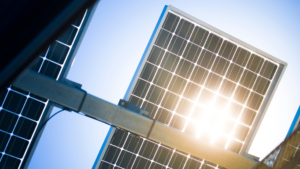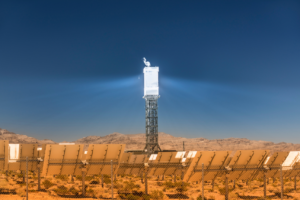Offshore wind is one of the fastest-growing renewable energy sources in the world, with the potential to provide clean, reliable and affordable electricity to millions of people. However, most of the offshore wind projects today are based on fixed-bottom foundations that can only be installed in shallow waters near the coast. This limits the geographical scope and the wind resource availability of offshore wind.
Fortunately, there is a solution that can overcome these challenges: floating offshore wind. Floating offshore wind is a technology that uses wind turbines on floating structures rather than fixed structures to generate energy from offshore wind. It allows the deployment of wind turbines in deeper and further offshore areas with higher wind potential. It is predicted to grow worldwide and provide clean energy to new areas of the United States. It has potentially low environmental impact and ease of manufacture and installation.
Floating offshore wind is not a futuristic concept. It is already a reality, with several demonstration projects and commercial-scale farms operating or under construction in Europe and Asia. The United States is also making significant progress in advancing floating offshore wind, with the Biden-Harris Administration setting a goal of deploying 30 gigawatts of offshore wind electricity generation by 2030. The Department of Energy’s Floating Offshore Wind Shot initiative aims to reduce the cost of floating offshore wind energy by more than 70%, to $45 per megawatt-hour by 2035 for deep water sites far from shore.
However, to achieve these ambitious targets, floating offshore wind needs to overcome some key technical and economic challenges, such as designing and optimizing floating platforms for larger and more powerful turbines, ensuring stability cwdbet in harsh ocean conditions, reducing installation and maintenance costs, and integrating with the grid and other ocean users.
This is where innovation comes in. There are many companies and research institutions that are developing new solutions and technologies for floating offshore wind, aiming to make it more efficient, reliable and competitive. One of these companies is World Wide Wind (WWW), a Norwegian company that has developed a next generation floating offshore wind platform called WindSea.
WindSea is a semi-submersible platform that consists of three columns connected by braces. The platform supports a single large wind turbine (up to 15 MW) on its central column, while the other two columns act as ballast tanks that can be filled with seawater dazbet to adjust the platform’s stability and draft. WindSea has several advantages over other floating platforms, such as:
- It has a simple and robust design that can withstand extreme weather conditions and reduce fatigue loads on the structure.
- It has a low center of gravity and a large waterplane area that provide high stability and low motions, minimizing the need for active damping systems.
- It has a modular and scalable design that can be adapted to different water depths, turbine sizes and site conditions.
- It has a low fabrication cost and a high local content potential, as it can be built using standard steel components and existing shipyards.
- It has a low installation cost and time, as it can be towed to the site without heavy-lift vessels or special equipment.
- It has a low maintenance cost and high availability, as it can be accessed by conventional boats or helicopters.
WindSea has been tested and validated through numerical simulations, model tests and full-scale prototypes. WWW has also secured several patents for its platform design and technology. WWW is now ready to deploy its first commercial-scale WindSea farm in Norway, with a capacity of 100 MW and 10 turbines of 10 MW each. The project is expected to start construction in 2024 and be operational by 2026.
WindSea is an example of how innovation can drive the development of floating offshore wind and make it a game-changer for clean energy. By offering a cost-effective, reliable and scalable solution for deep water sites, WindSea can unlock new markets and opportunities for offshore wind around the world, especially in regions with high energy demand and limited land resources.
Floating offshore wind is the future of offshore wind. And WindSea is the future of floating offshore wind.
References:
: Floating offshore wind, what is it and how does it work? – Iberdrola





